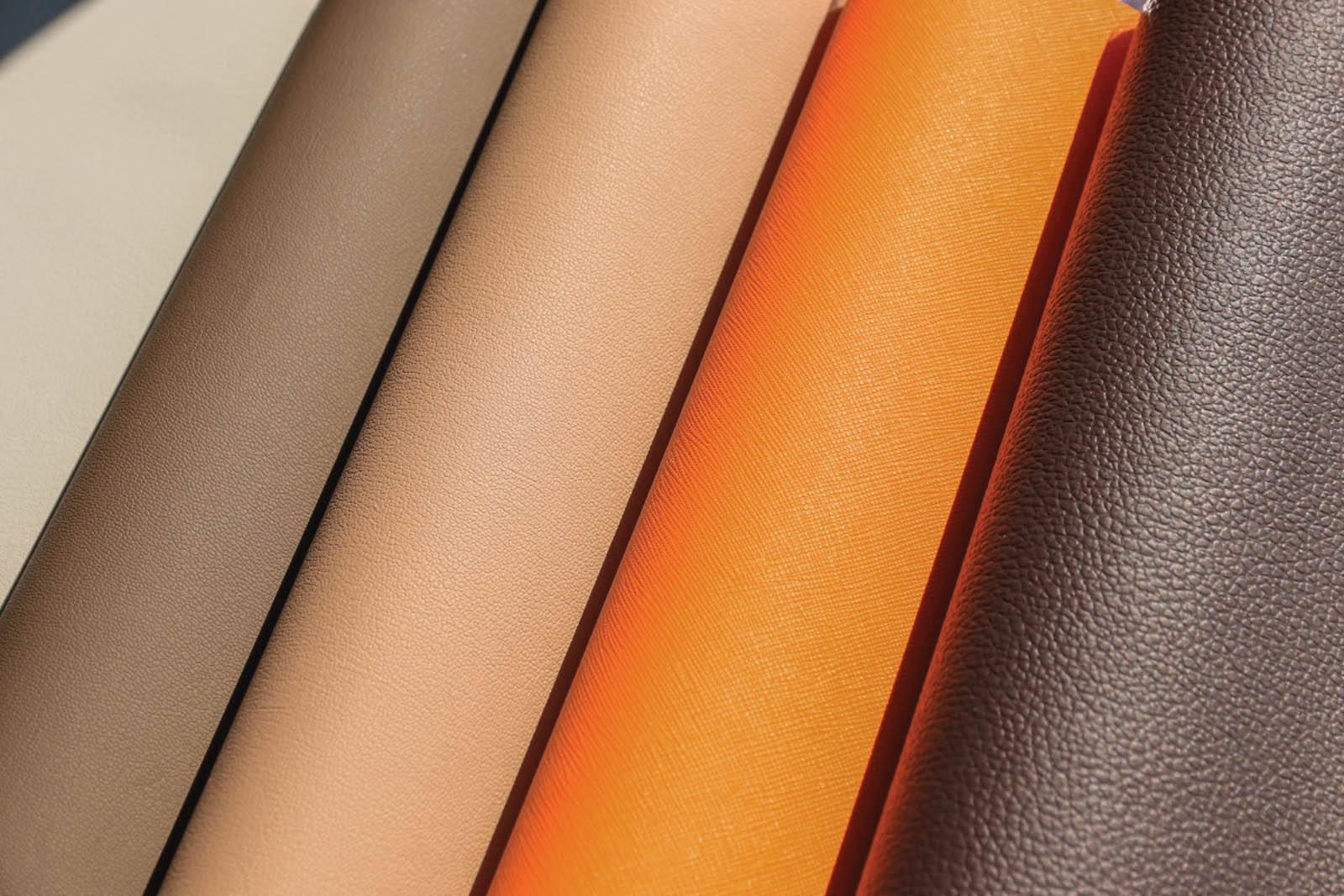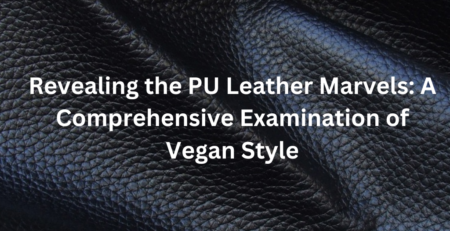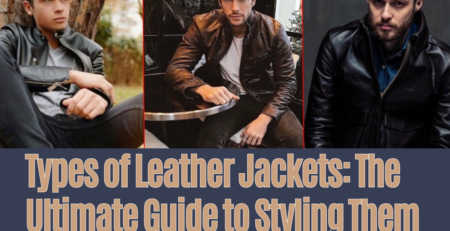What is vegan leather: discovering the realm of leather substitutes
The fashion and textile industries have seen a significant shift in recent years towards environmentally conscious practices that abstain from any kind of animal abuse. The increasing demand for vegan leather goods is one obvious trend that has emerged as a consequence of this movement. Consumers are demanding alternatives to traditional leather because they become more conscious of the decisions they make. The next paragraphs will go further into the topic of vegan leather, including assessing what PU leather is, providing tips on cleaning a leather jacket, learning about top-grain leather, and examining the differences between vegan and imitation leather.
What is Vegan Leather?
You may be wondering what is vegan leather, often referred to as fake leather or faux leather, is an alternative that does not include animal testing as compared to traditional leather that is derived from animals. This product is made using a variety of materials, including polyurethane (PU), polyvinyl chloride (PVC), or materials made from plants like cork and mushroom leather. These substitutes are made to mimic the look and feel of genuine leather without using products made from animal parts, which is consistent with the principles of ethical and ecologically friendly fashion.
What is PU Leather, please?
What is pu leather vegan? The word “PU leather,” which stands for “polyurethane leather,” is a kind of vegan leather that has gained popularity because of its improved economy, durability, and versatility. Applying a coating of polyurethane to a base fabric—typically made of cotton or polyester—is one way of manufacture. Upon completion of this procedure, a substance is generated that resembles genuine leather in both appearance and texture. Polyurethane (PU) leather is often used to produce clothing, accessories, and furniture. For consumers who want the look of leather but are worried about its ethical implications, PU leather offers a more ecologically responsible option.
How to Take Care of a Leather Jacket Correctly
Whether a leather jacket is made of genuine leather, synthetic leather, or another material, it has to be properly cared for to maintain its strength and appeal. Here are the steps on how to wash a leather jacket:
Make sure you carefully read the care label: It is the place to turn to for detailed directions on how to clean an item. The sort of leather you have will determine which maintenance steps are required.
It is advised to use a wet cloth or sponge to gently wipe the affected area in a spot-cleaning technique when dealing with small spills or stains. Strong chemicals and copious quantities of water should be avoided if you wish to protect the material.
If the care label gives the okay, you should hand wash the jacket in lukewarm water with a mild detergent. Massage the cloth lightly to get rid of stains and grime. After giving it a thorough rinse, allow it to air dry.
You may want to consider taking your more priceless or delicate leather jackets to a professional leather cleaner for cleaning. Professional cleaners have the know-how and abilities needed to clean and condition leather without endangering the substance.
Find Out More About Top Grain Leather:
What is top grain leather? Another term that often appears while researching the world of leather is “top grain leather.” The area of the animal’s skin that is thought to be the highest quality is what we mean when we discuss the outermost layer. The inherent grain and features of the animal’s skin are preserved in top-grain leather, giving it a very rich and authentic appearance. It is more durable and enables air to travel through it than lower-quality leather types. Nonetheless, it is important to remember that top-grain leather still comes from animals, which deters those seeking cruelty-free alternatives from purchasing it.
vegan leather vs faux leather
In the battle of vegan leather vs faux leather what do you think? Who is going to win, which is the best version of leather. Though the terms “vegan leather” and “faux leather” are often used synonymously, there are a few small differences between the two. Both fake and artificial leather are synthetic alternatives to real leather; nevertheless, faux leather could include components like PVC that are bad for the environment. The phrase “vegan leather,” however, simply describes substitutes that don’t use any animal products and are often made from environmentally friendly materials like PU, cork, or mushroom leather. When given the option between two products, consumers who care about sustainability and ethics could choose those that are classified as vegan leather.
Final thoughts:
The popularity of vegan leather, which offers consumers alternatives that are both ethical and ecological without losing style, has brought about a tremendous shift in the fashion industry. Because PU leather is so versatile and reasonably priced, it has become a popular option for those who want to avoid using animal products. If the right care is applied, such as knowing how to wash a leather jacket, the quality of these garments may be maintained throughout time. It is anticipated that as demand for vegan leather rises, more innovation in sustainable design will follow. This is because clients are becoming more aware of their alternatives. The choice between vegan leather and imitation leather ultimately comes down to personal values, with the latter providing hope for a more ethical and ecologically responsible future for the fashion industry.











Leave a Reply